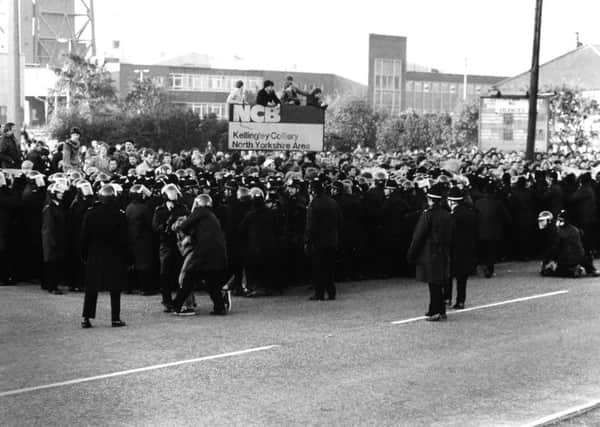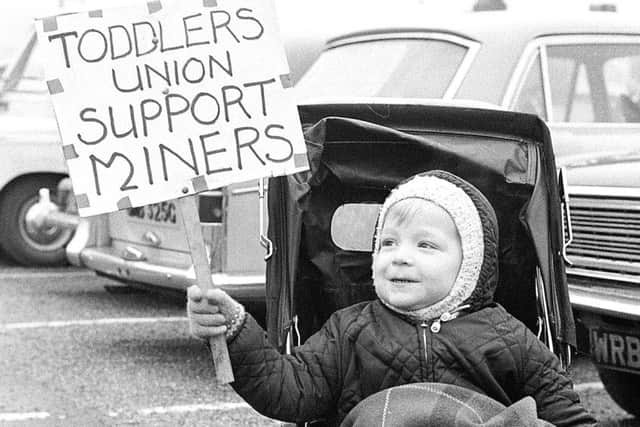Lights out across the UK: Looking back to 1972 and the miners' strike


The body, which pre-nationalisation was responsible for the UK’s electricity supply, took the steps following electricity shortages caused by the miners’ strike, which was now in its sixth week and saw all 289 pits across England and Wales closed.
The Government had already established a three-day-week, with claims that 1.2 million workers had been laid off. Figures also showed that gas supplies would only last one more week.
Advertisement
Hide AdAdvertisement
Hide AdA rota was employed for the power cuts, which took place between 7am and midnight. Blackouts could last for up to nine hours at a time, with everything from shopping to homework being done by candlelight.


A deal was eventually reached on February 19 which saw the miners return to work six days later.
But the legacy of the strike was massive - secondary picketing at power stations was outlawed, huge coal stocks were built up, and moves were made towards gas, nuclear, and eventually green energy. However, the privatisation of the National Grid led to the shareholder-driven industry we have today, and, with our continual moans over price rises, may be what we feel most.